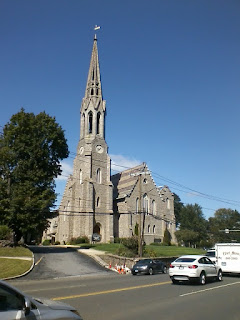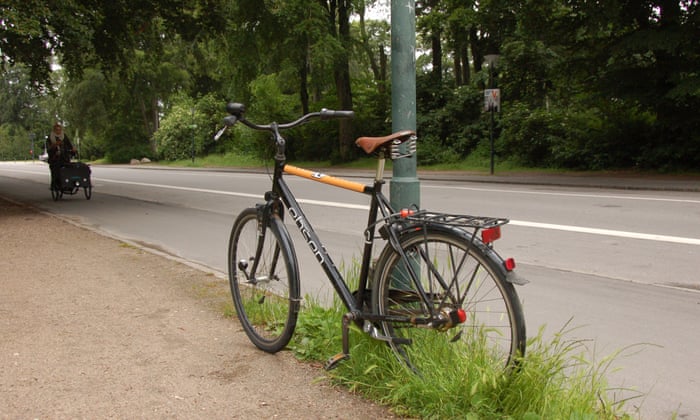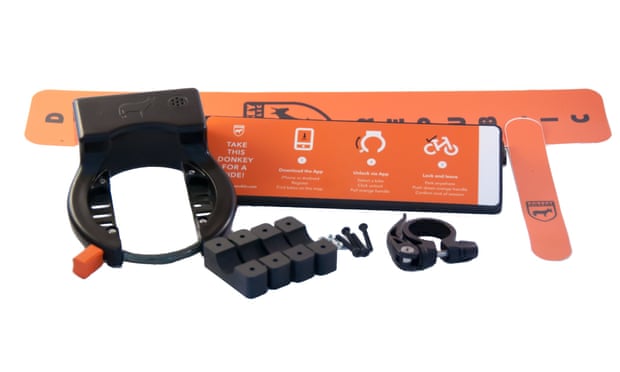Today brought more of what we've had for the past couple of days--and what meteorologists are forecasting for the next couple of days: summer warmth and early autumn light.
All right, they didn't forecast the light, except to tell us what time the sun will set. But the sun is taking on an early twilight glow and, as I mentioned yesterday, I am seeing a few trees start their color changes. It's quite lovely: the first signs of autumn hues haven't yet brought the melancholy that comes later in the season (which, by the way, I often enjoy).
Another day in the cusp of two seasons gave me another opportunity to relish my harvest, so to speak: I took an after-work ride to Coney Island. While I enjoyed the ride, I did notice it more when I pedaled into the wind today than I did yesterday or on Monday, when I rode to Connecticut. Perhaps it was a result of riding late in the day, after work. Or it may have just been a matter of riding my Schwinn LeTour instead of one of my Mercians.
Whatever the case, I had an easy ride back. And it was interesting, to say the least, to see how much difference a week and a half makes on the number of people who go to the beach:
Some folks, like the ones in the photo, will go to the beach on any day the weather is remotely summer-like--and sometimes not-so-summery. They are the ones who have decided it's still summer (which, of course, it still is--at least officially). They are not like the ones who don't ever go to the beach after Labor Day or before Memorial Day, whatever the weather.
I guess we have equivalents to both kinds of people in the cycling world. Some hang up their bikes as the days grow shorter, while others take any opportunity, at whatever time of year, to ride.
As for me, I will continue to enjoy the "harvest" for as long as I can--and continue to ride as long as the streets aren't covered with ice.
All right, they didn't forecast the light, except to tell us what time the sun will set. But the sun is taking on an early twilight glow and, as I mentioned yesterday, I am seeing a few trees start their color changes. It's quite lovely: the first signs of autumn hues haven't yet brought the melancholy that comes later in the season (which, by the way, I often enjoy).
Another day in the cusp of two seasons gave me another opportunity to relish my harvest, so to speak: I took an after-work ride to Coney Island. While I enjoyed the ride, I did notice it more when I pedaled into the wind today than I did yesterday or on Monday, when I rode to Connecticut. Perhaps it was a result of riding late in the day, after work. Or it may have just been a matter of riding my Schwinn LeTour instead of one of my Mercians.
Whatever the case, I had an easy ride back. And it was interesting, to say the least, to see how much difference a week and a half makes on the number of people who go to the beach:
Some folks, like the ones in the photo, will go to the beach on any day the weather is remotely summer-like--and sometimes not-so-summery. They are the ones who have decided it's still summer (which, of course, it still is--at least officially). They are not like the ones who don't ever go to the beach after Labor Day or before Memorial Day, whatever the weather.
I guess we have equivalents to both kinds of people in the cycling world. Some hang up their bikes as the days grow shorter, while others take any opportunity, at whatever time of year, to ride.
As for me, I will continue to enjoy the "harvest" for as long as I can--and continue to ride as long as the streets aren't covered with ice.














